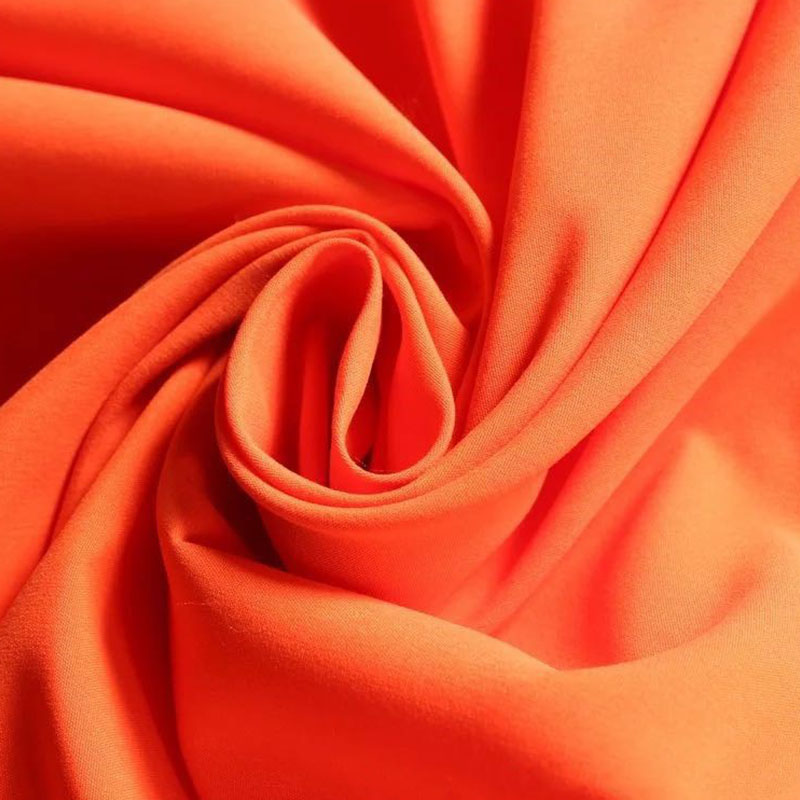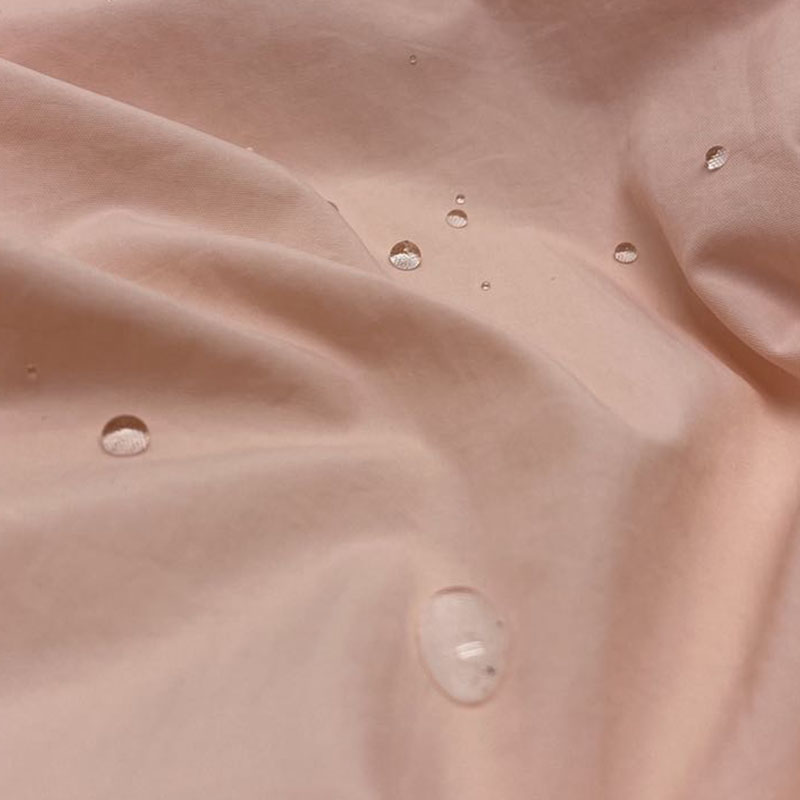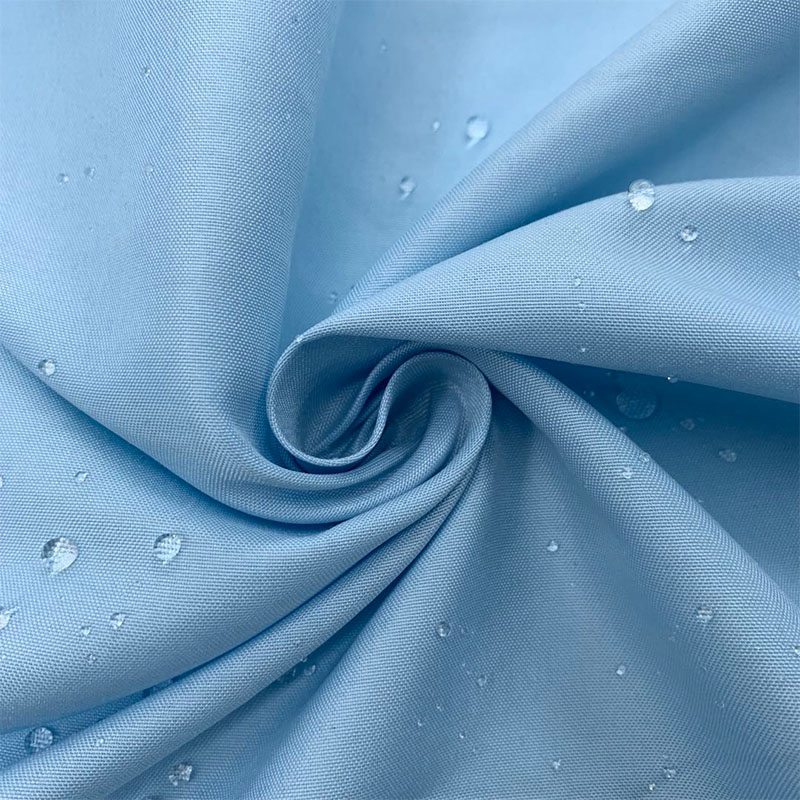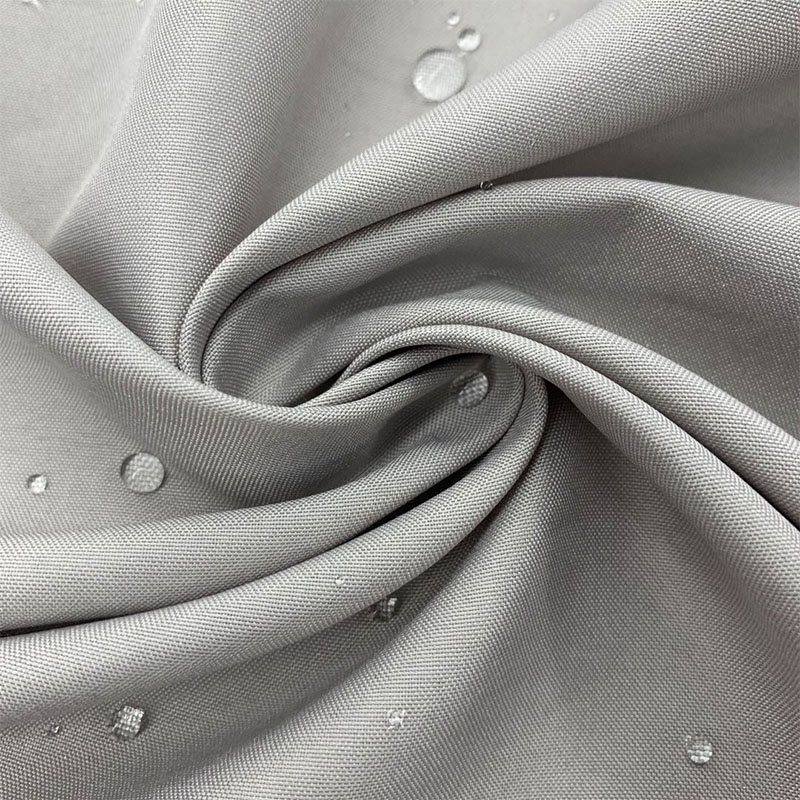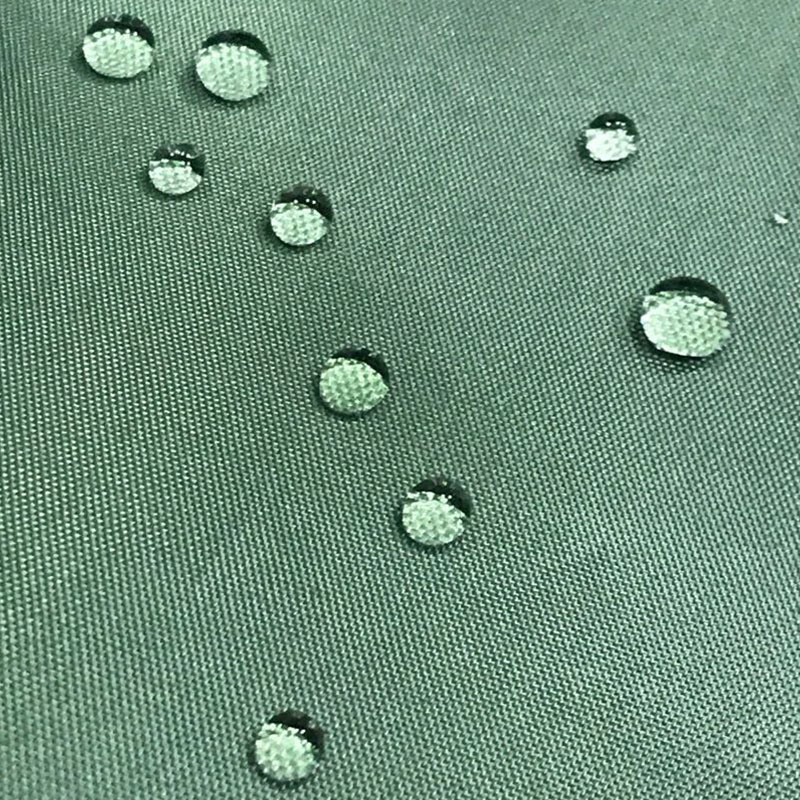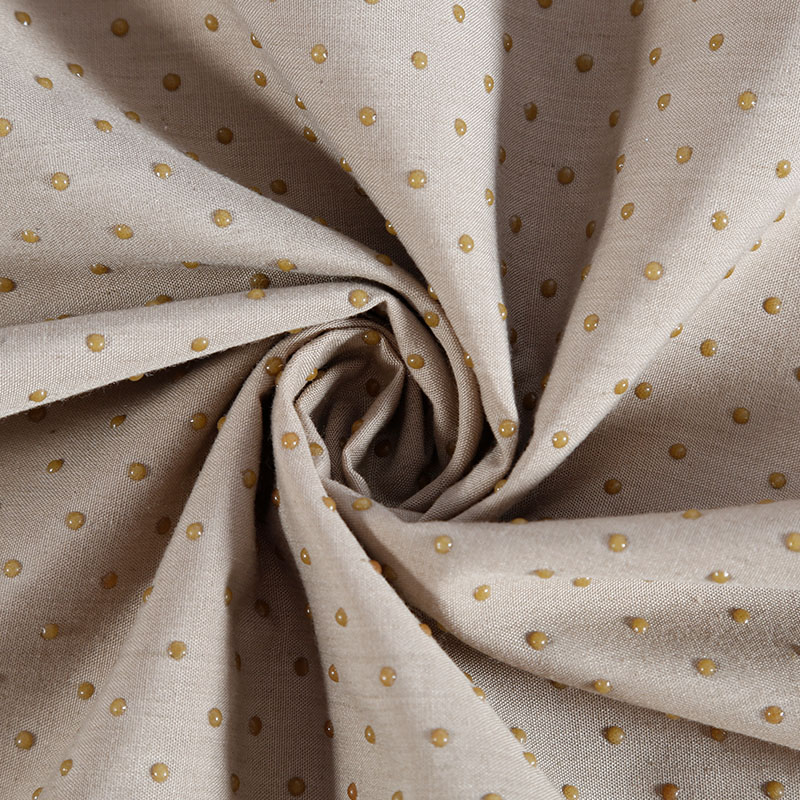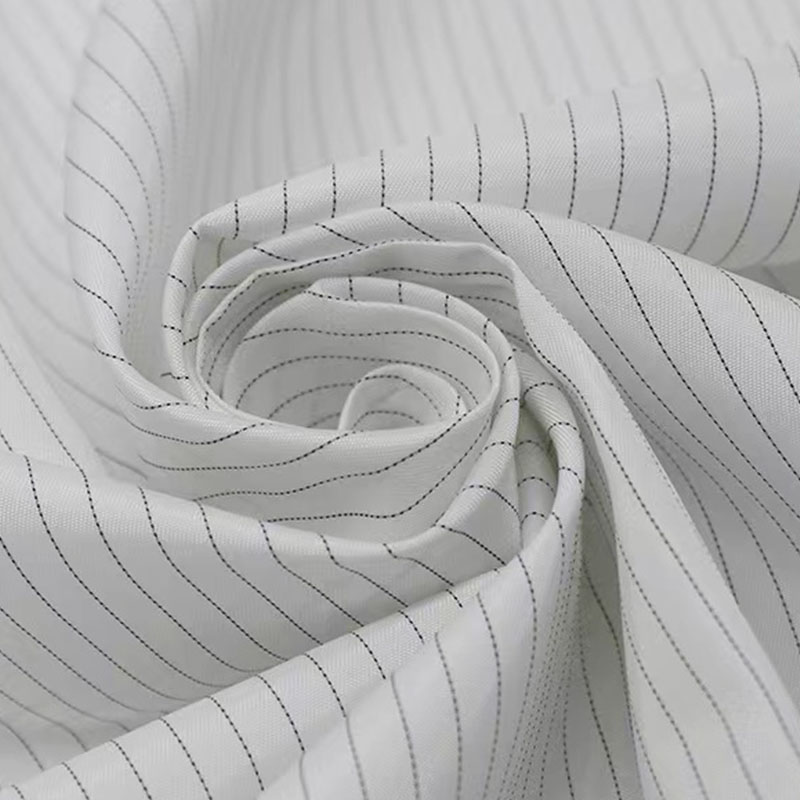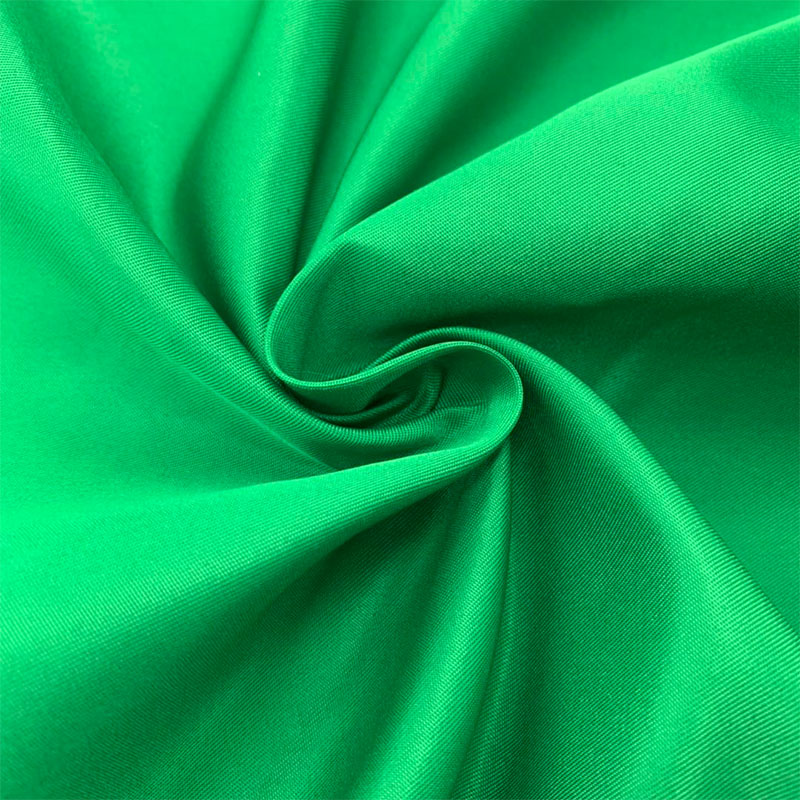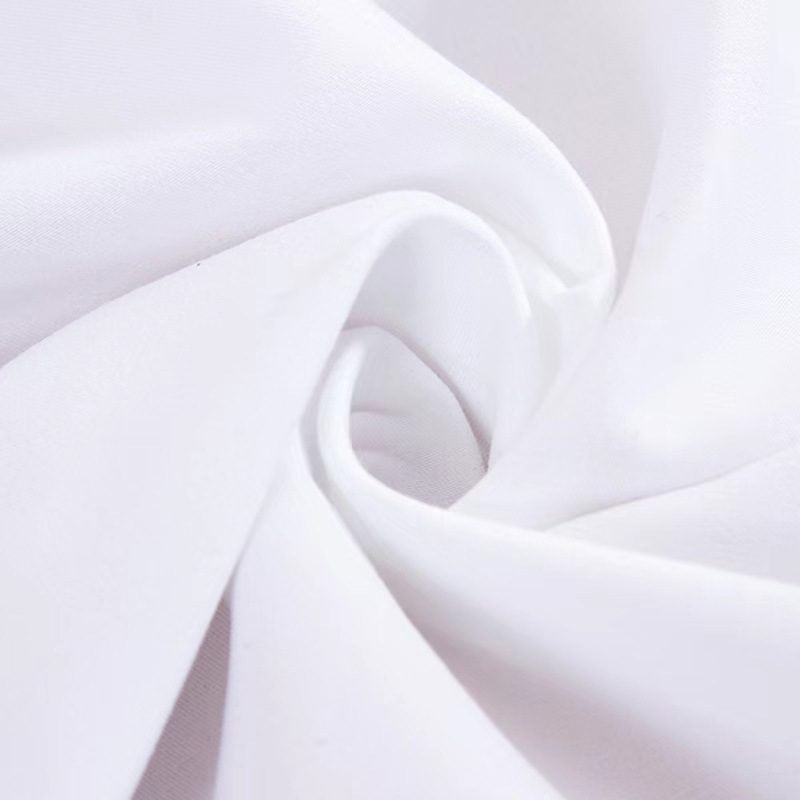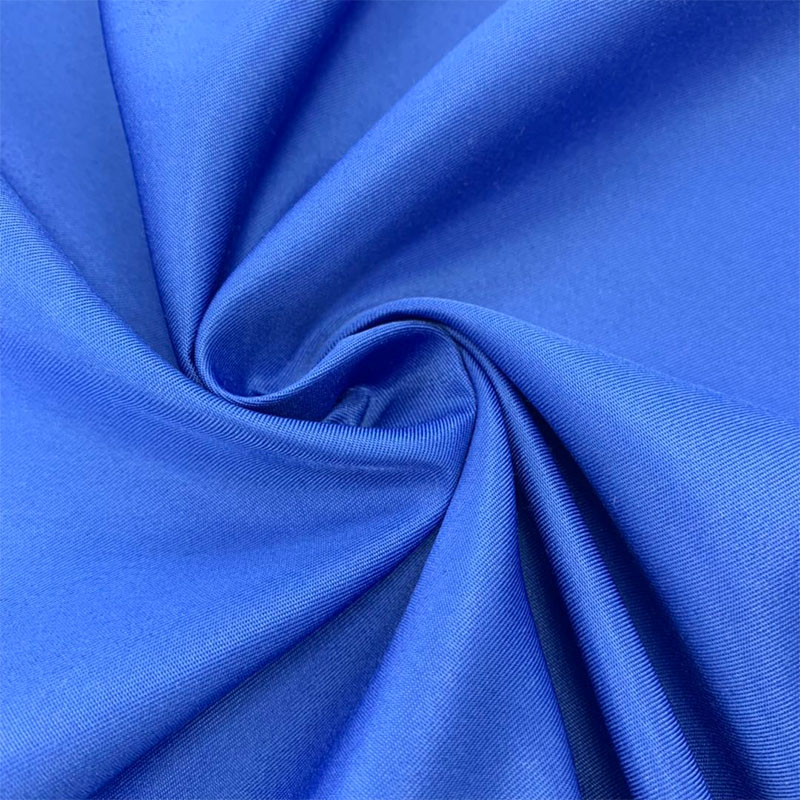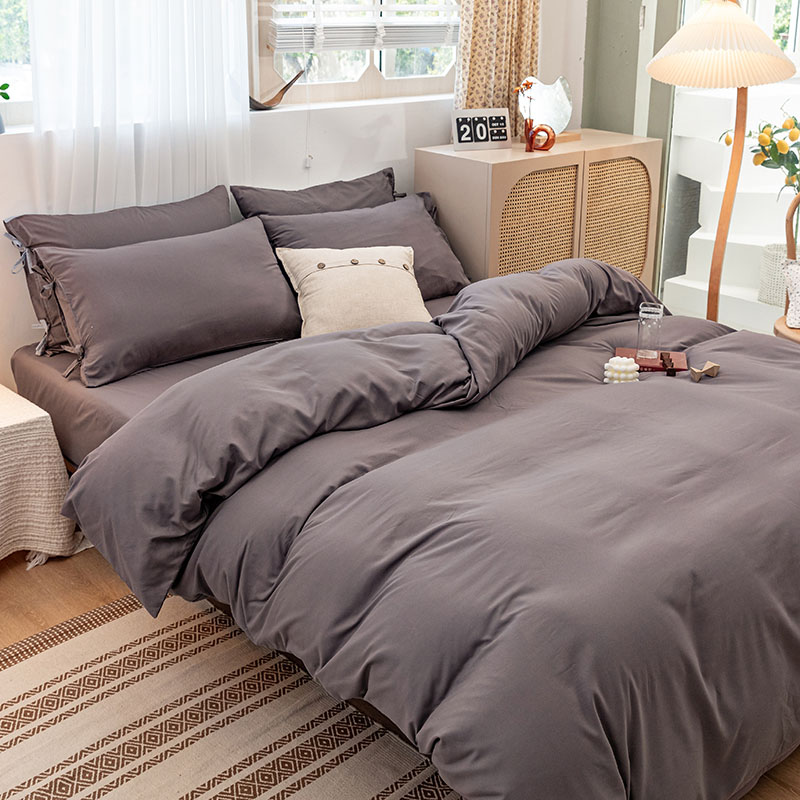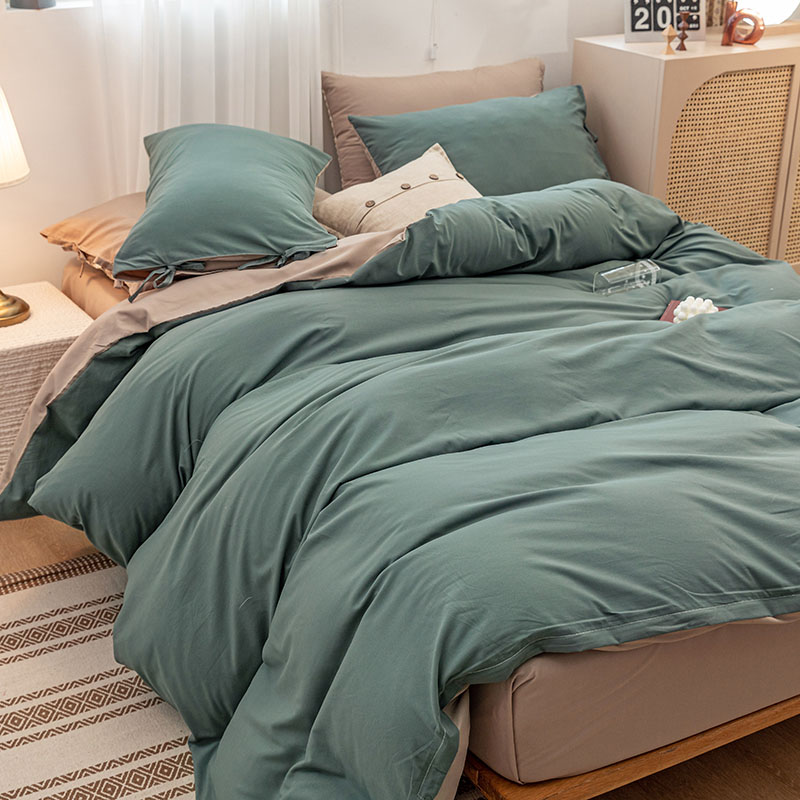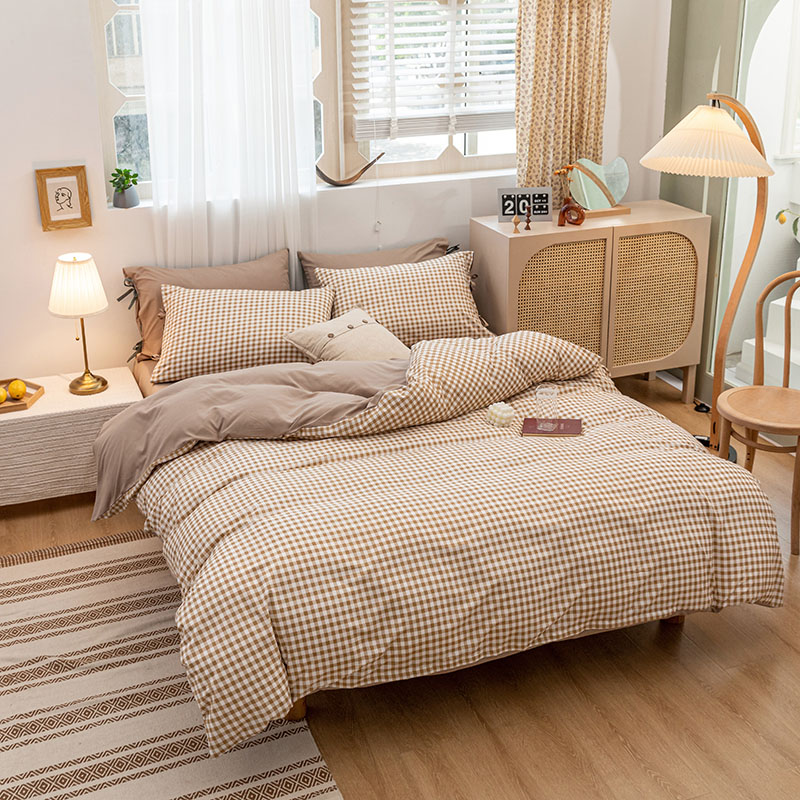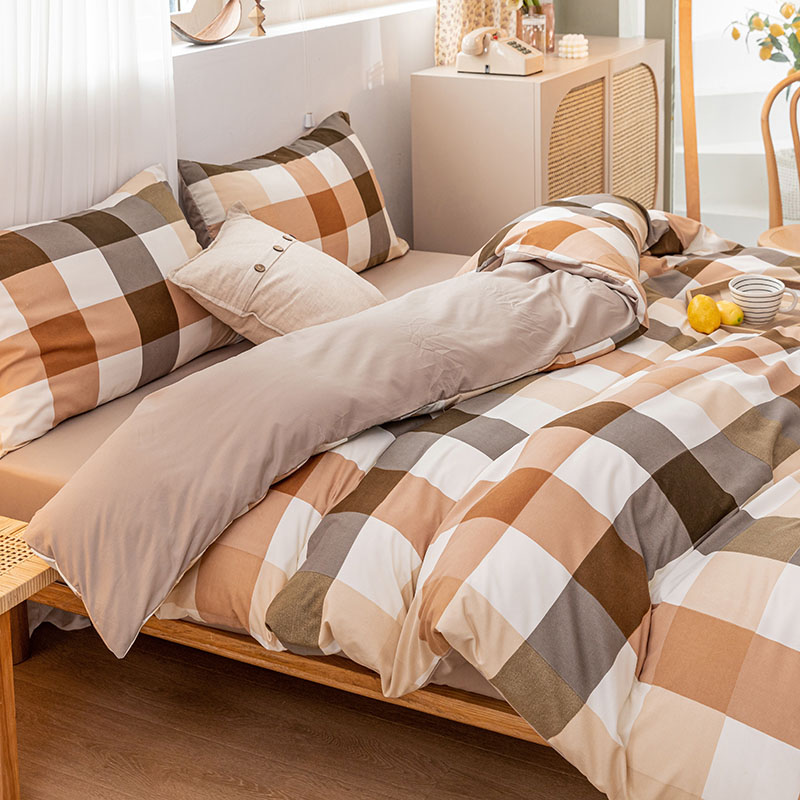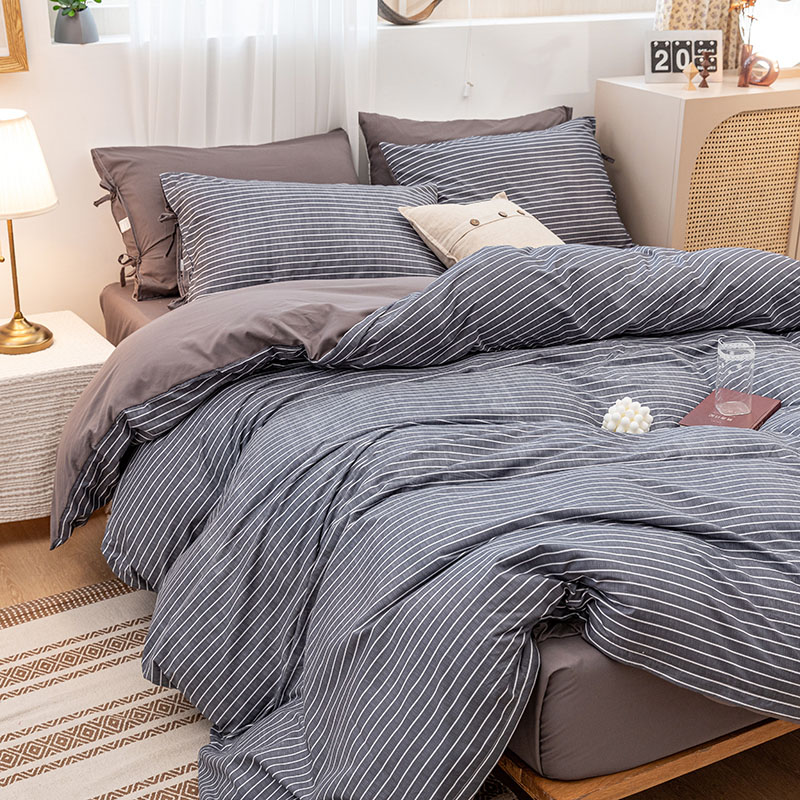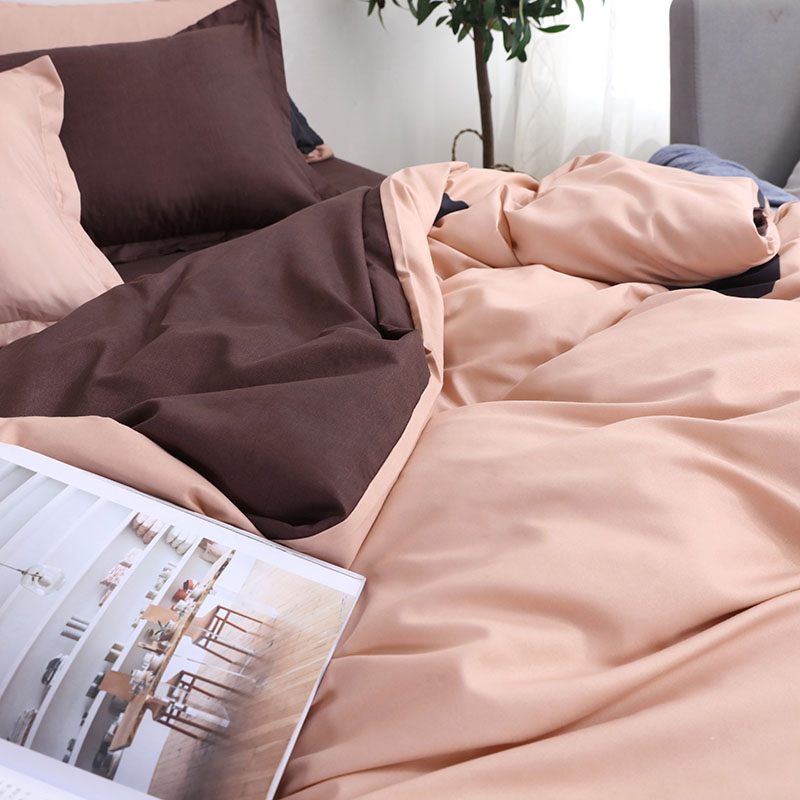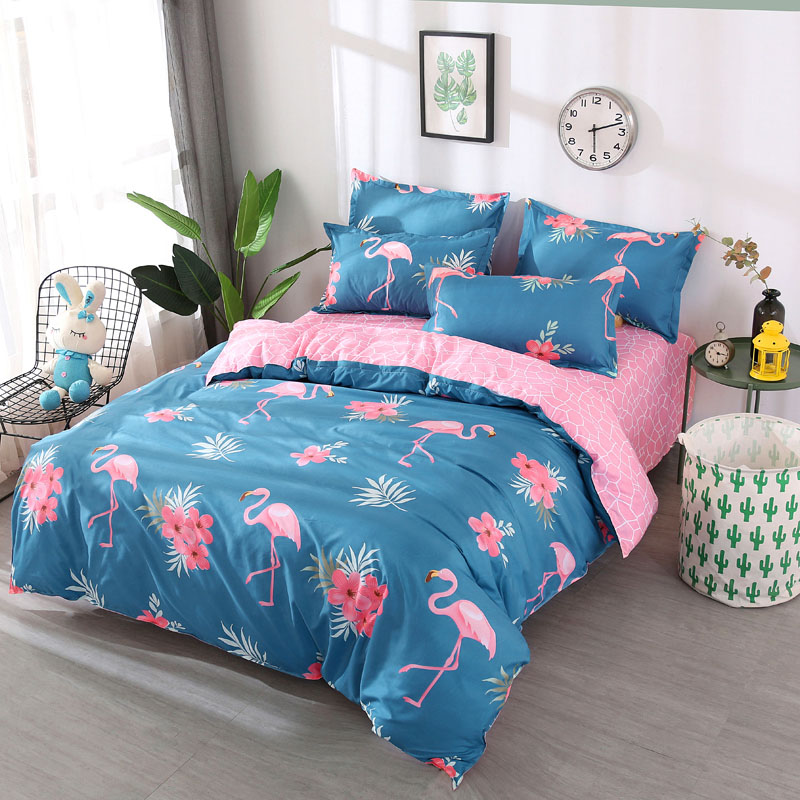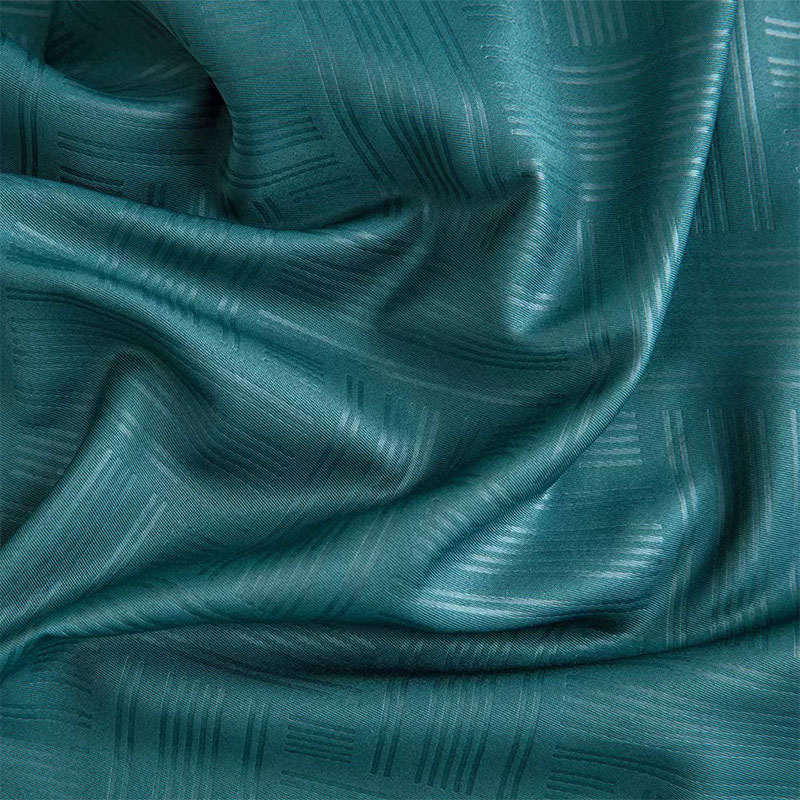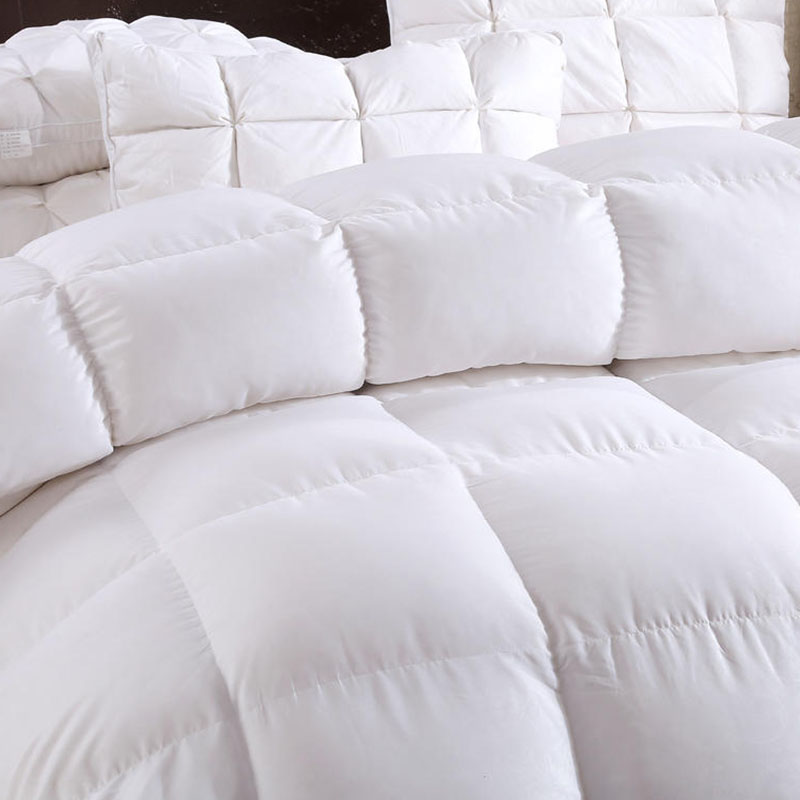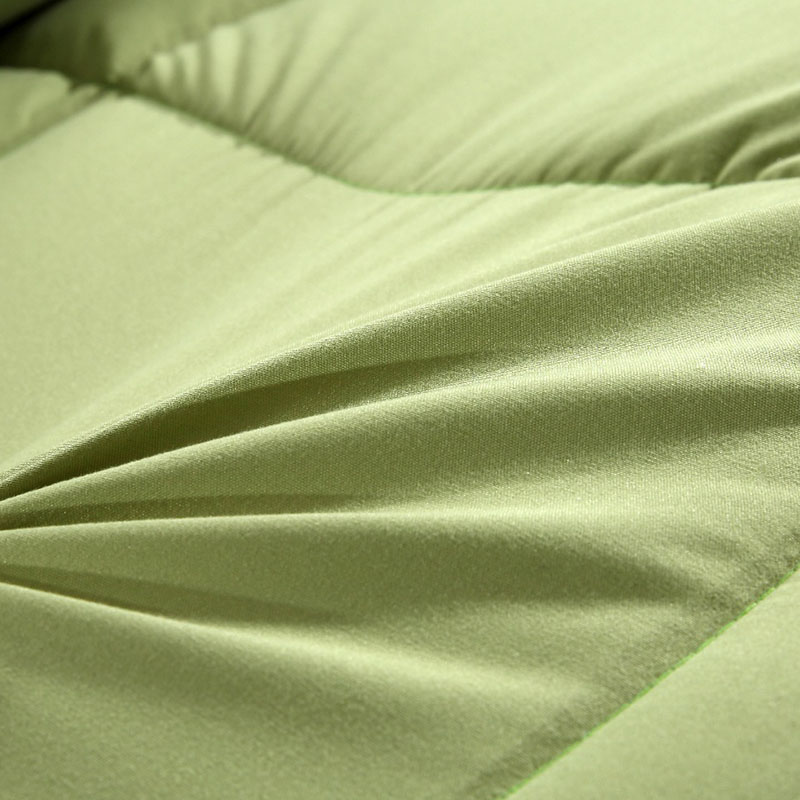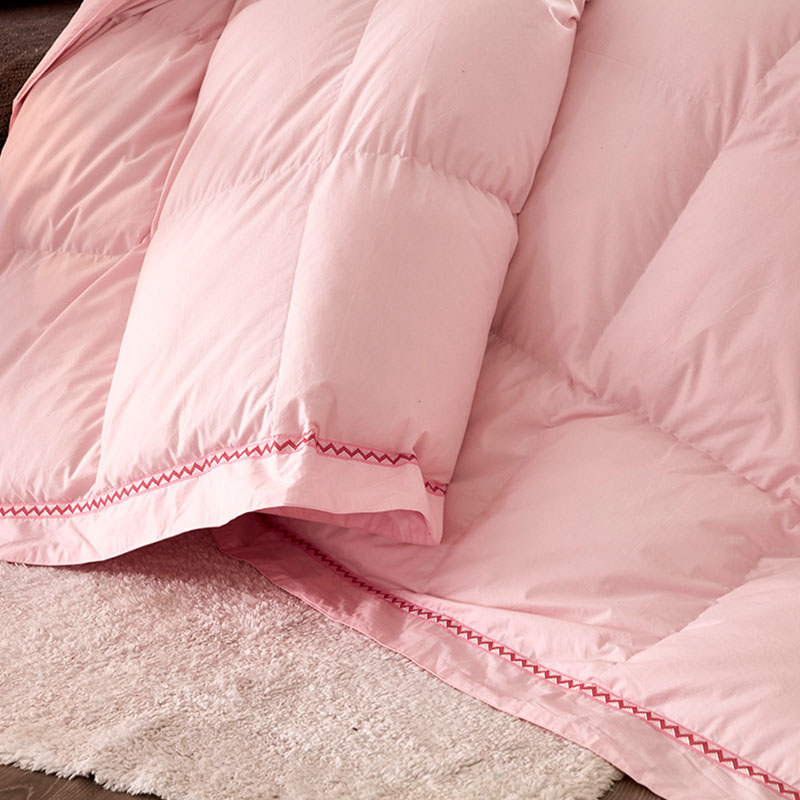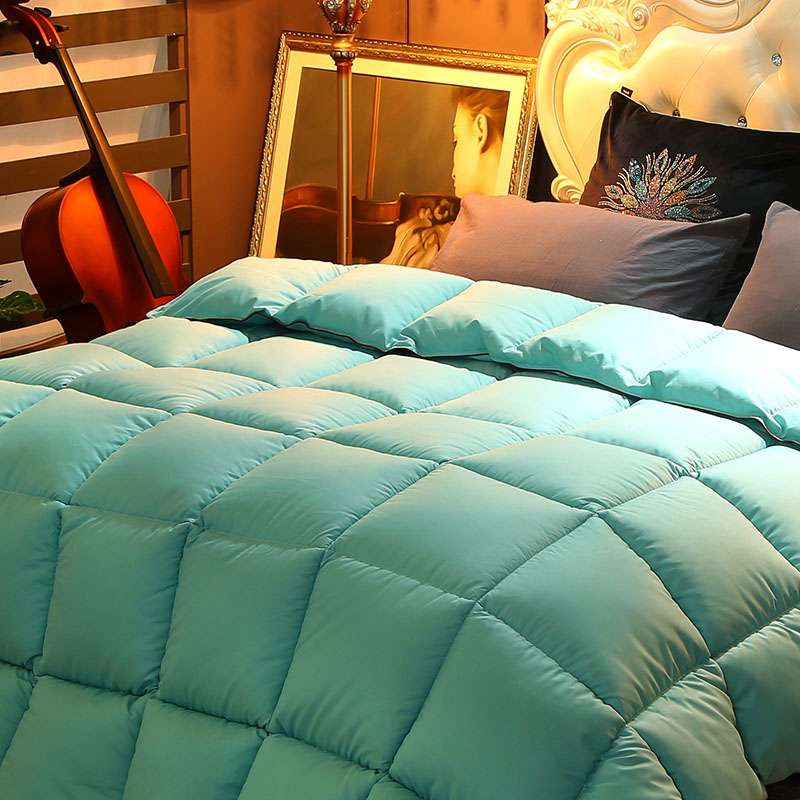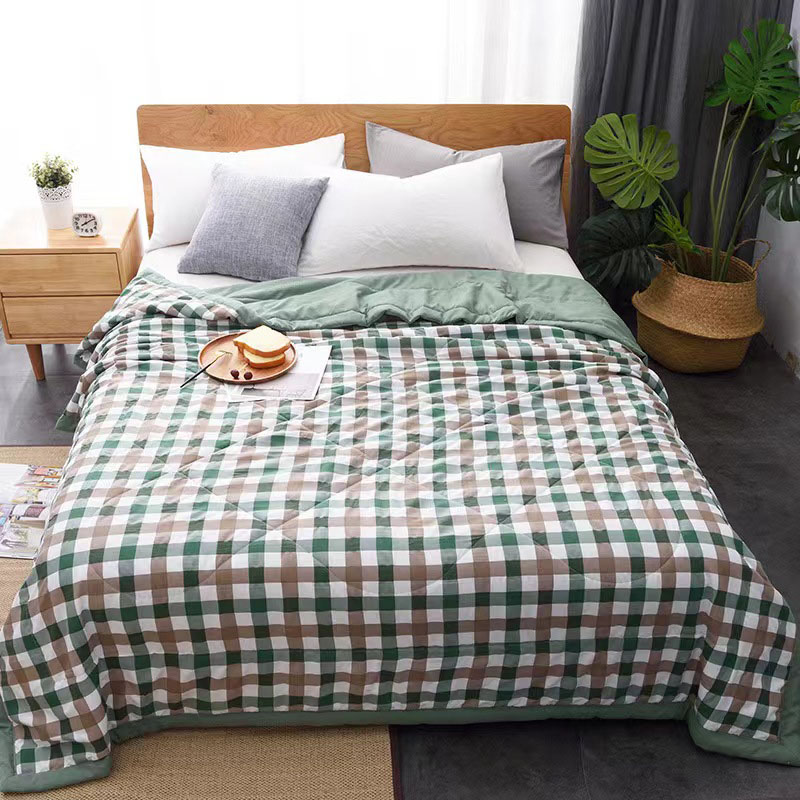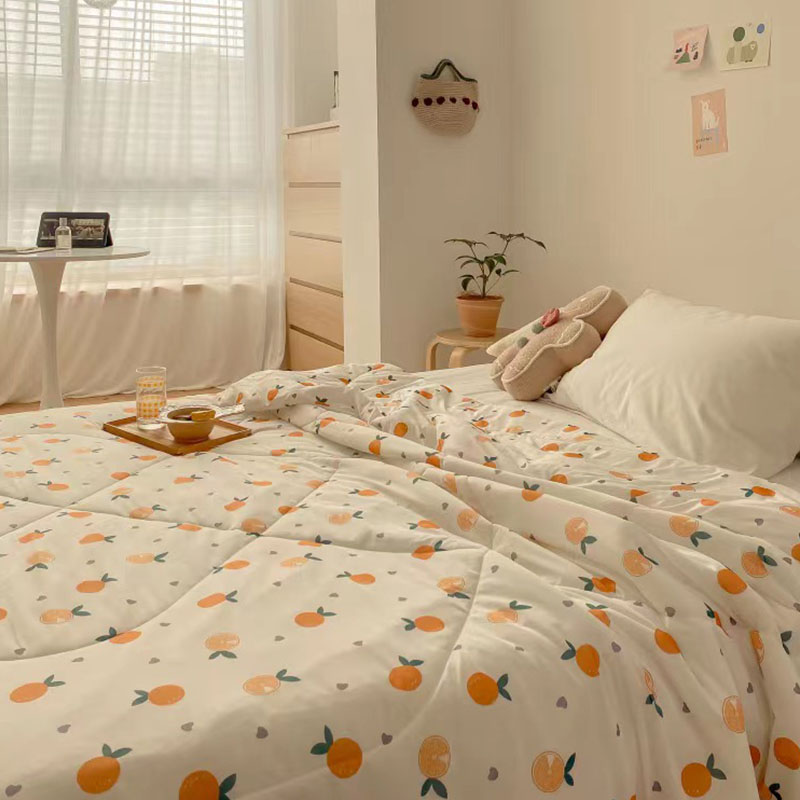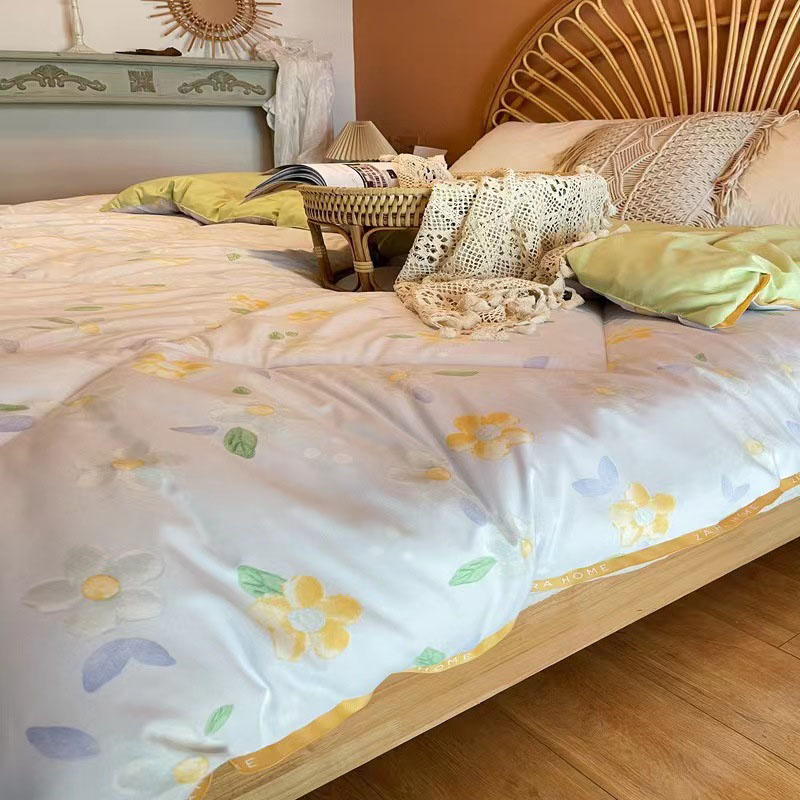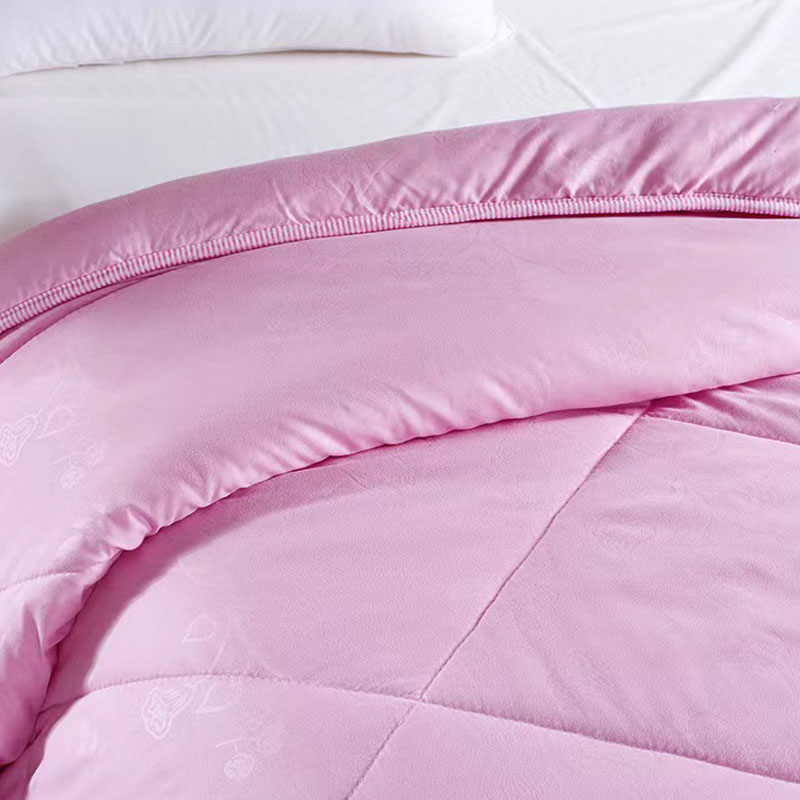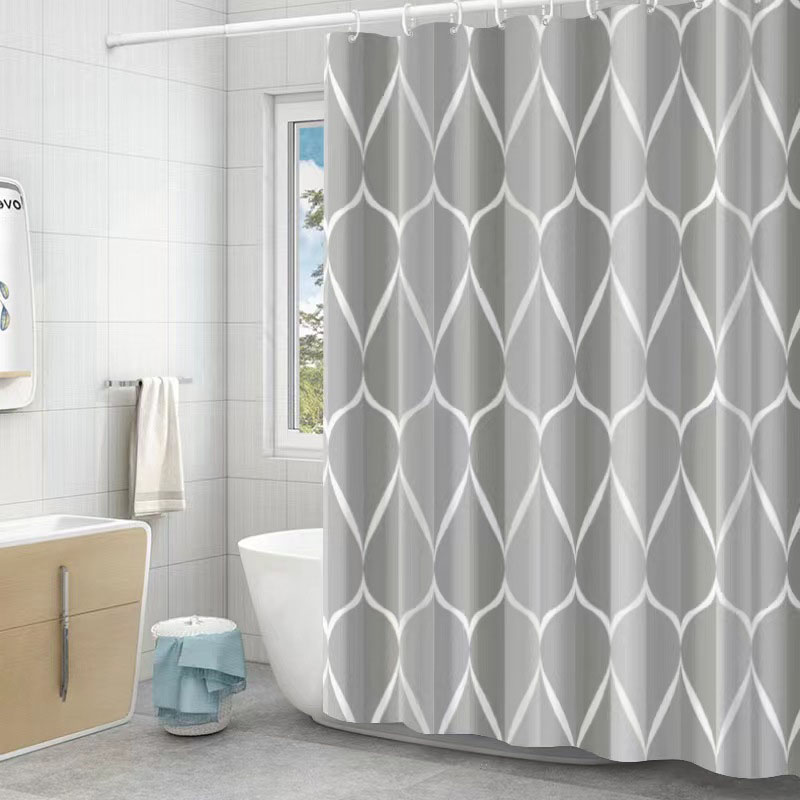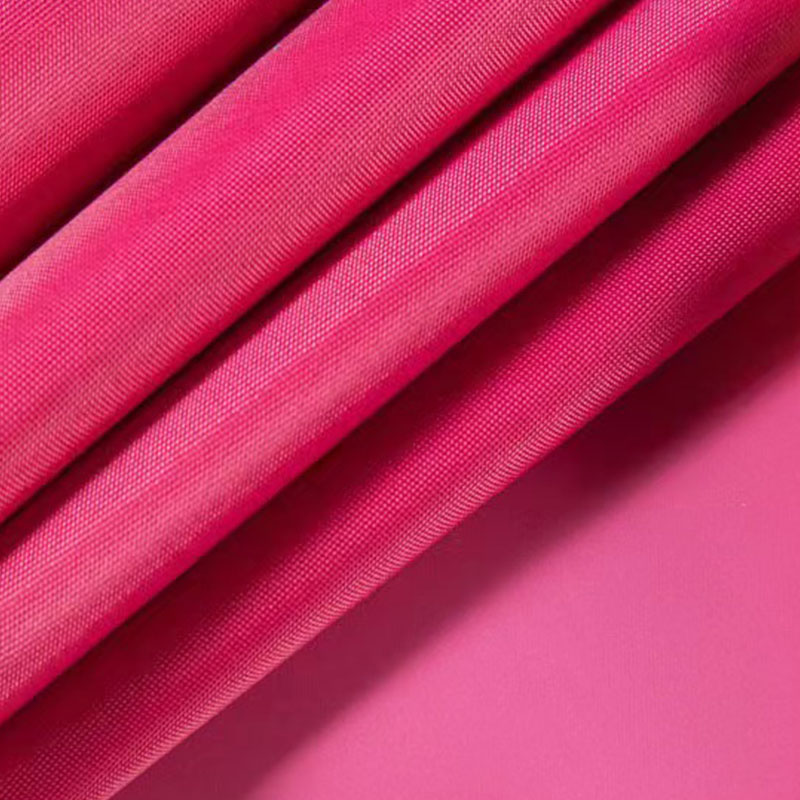The cost of polyester printed fabric can vary depending on several factors, including the following:
Raw Material Costs: Polyester is generally less expensive to produce compared to natural fibers like cotton or silk. This lower production cost often translates to a lower retail price for polyester printed fabric.
Printing Technique: Different printing techniques, such as sublimation printing, digital printing, and screen printing, have varying costs associated with them. Digital printing, for example, may require specialized equipment and inks, which can impact the overall cost of the fabric.
Design Complexity: Intricate or highly detailed designs may require more time and resources to print accurately onto polyester fabric, potentially increasing the cost.
Fabric Quality: The quality of the polyester fabric itself can influence its price. Higher-quality polyester fabric with superior durability, softness, or other desirable characteristics may come at a higher cost.
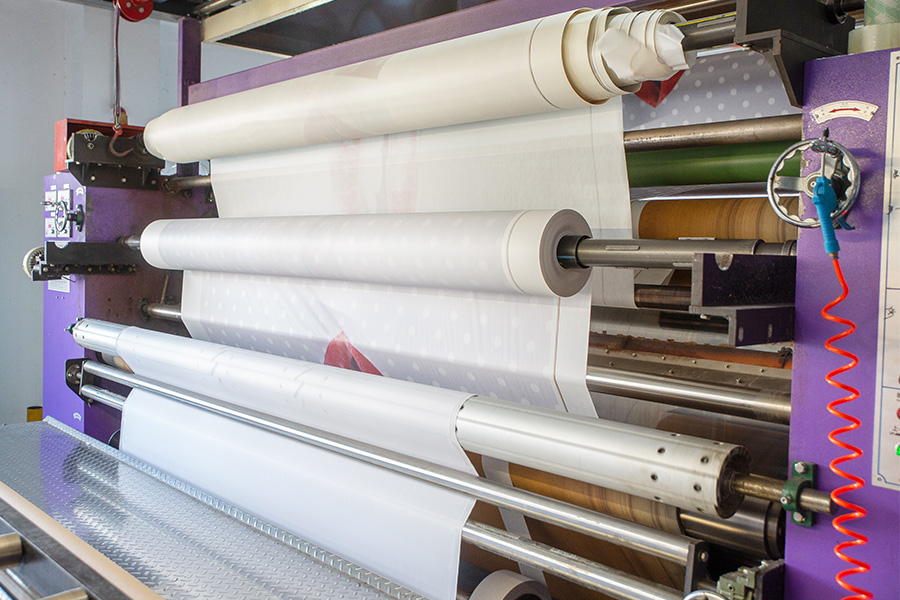

Production Volume: Bulk orders typically result in lower costs per unit, as economies of scale can be achieved in production and printing processes.
Comparing the cost of polyester printed fabric to other types of polyester printed fabrics:
Cotton: Cotton fabric can vary in price depending on factors such as thread count, weave, and quality. While basic cotton may be comparable in price to polyester, higher-end or organic cotton fabrics may be more expensive.
Silk: Silk is generally more expensive than polyester due to its luxurious feel and labor-intensive production process. Printed silk fabrics can be significantly pricier than polyester prints.
Linen: Linen fabric tends to be more expensive than polyester due to its labor-intensive harvesting and production process. Additionally, linen prints may require specialized printing techniques, further impacting the cost.
Blends: Fabrics that blend polyester with natural fibers can offer a compromise between cost and performance. The price of these blends can vary depending on the ratio of polyester to natural fibers and the quality of the materials used.

 English
English Español
Español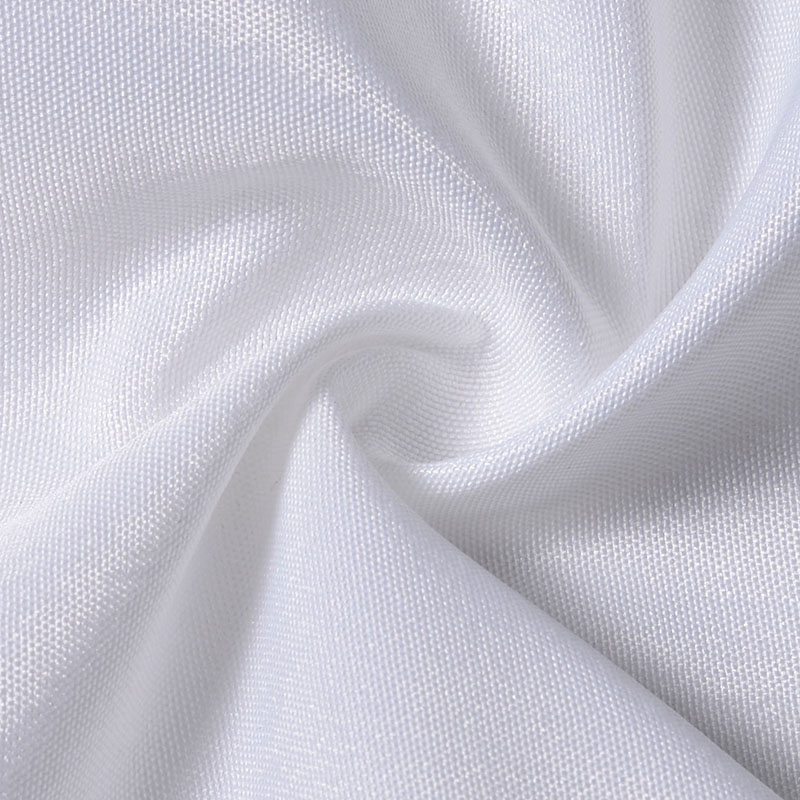
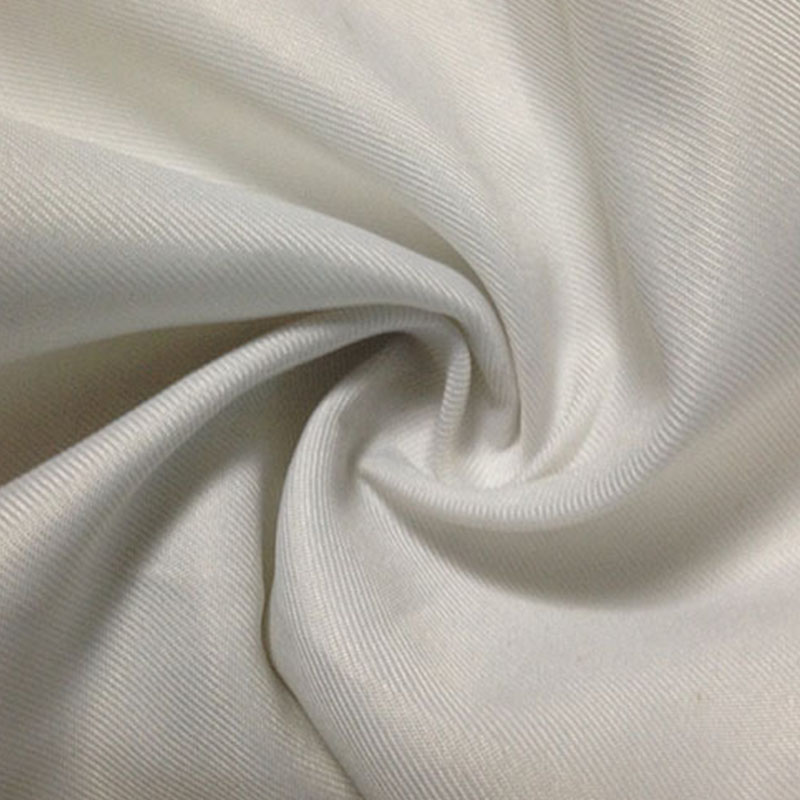
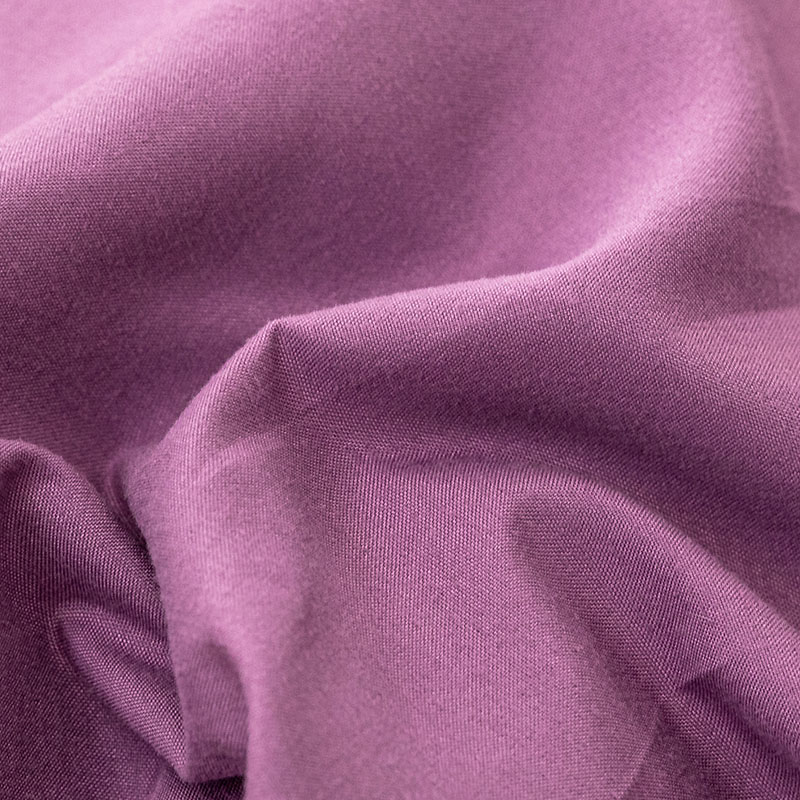
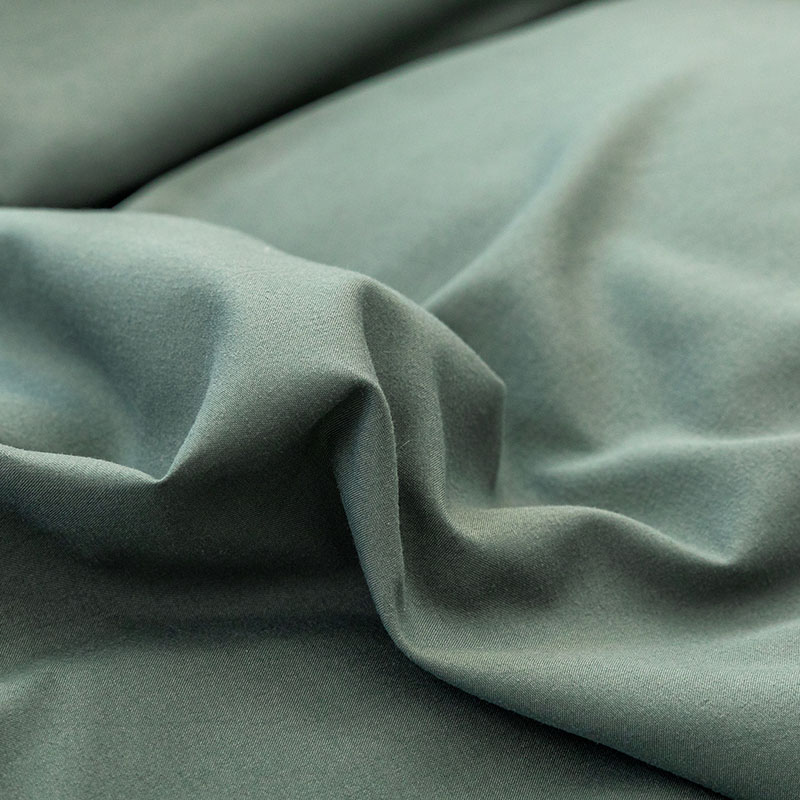
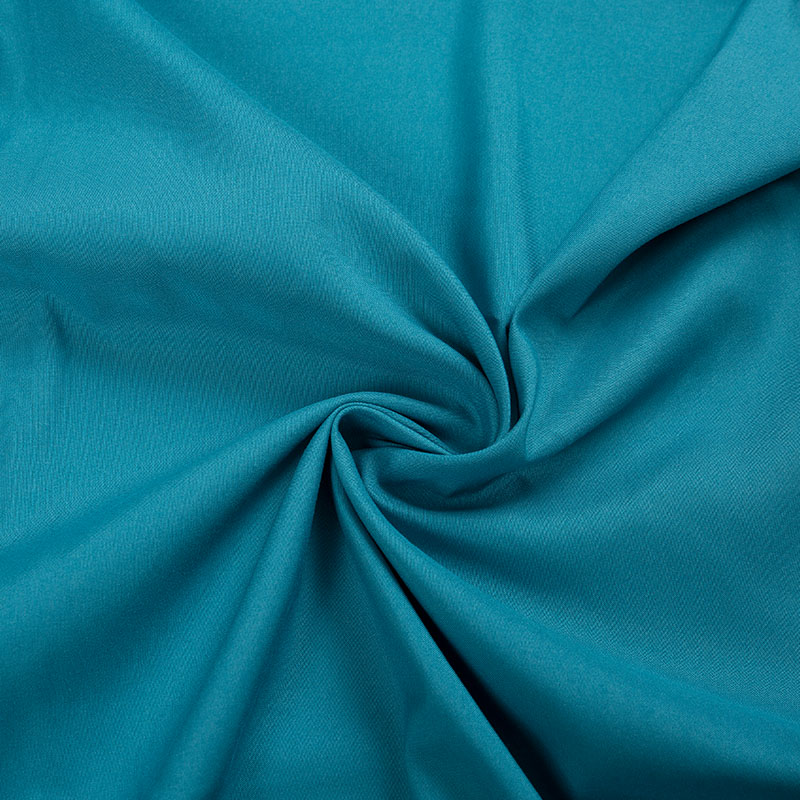
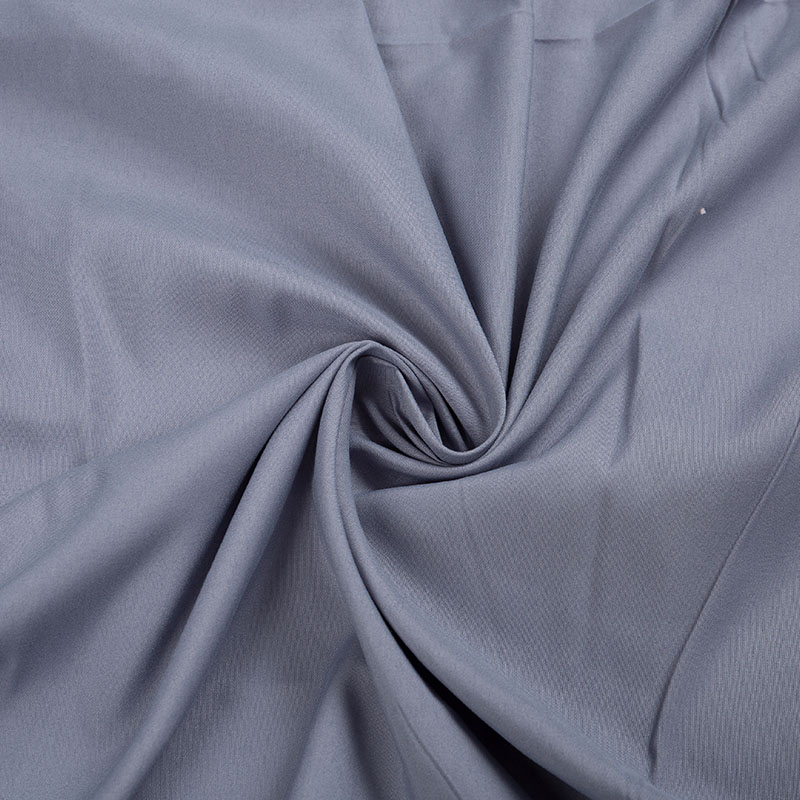
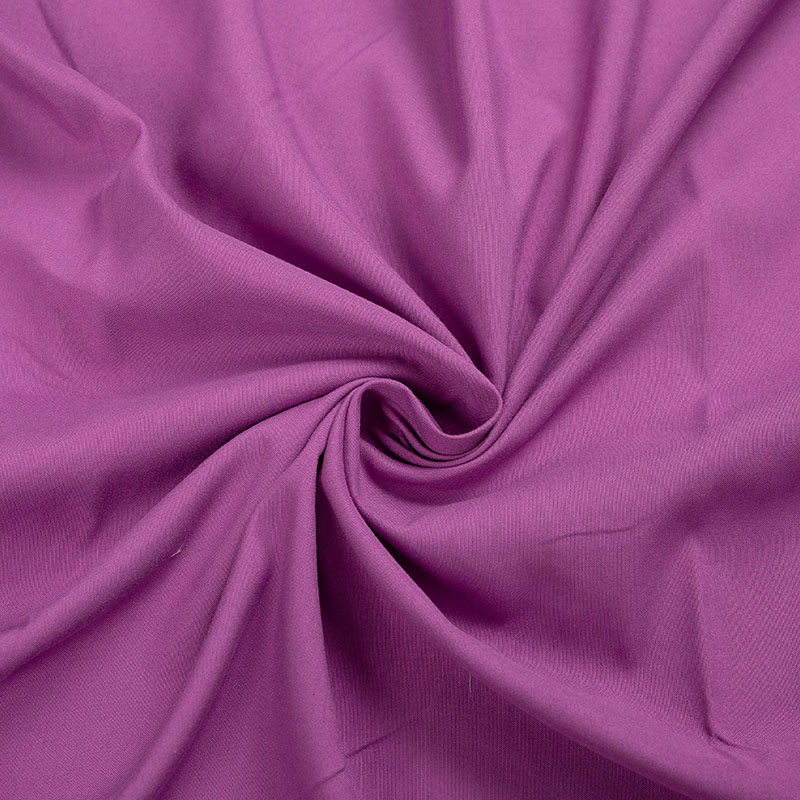
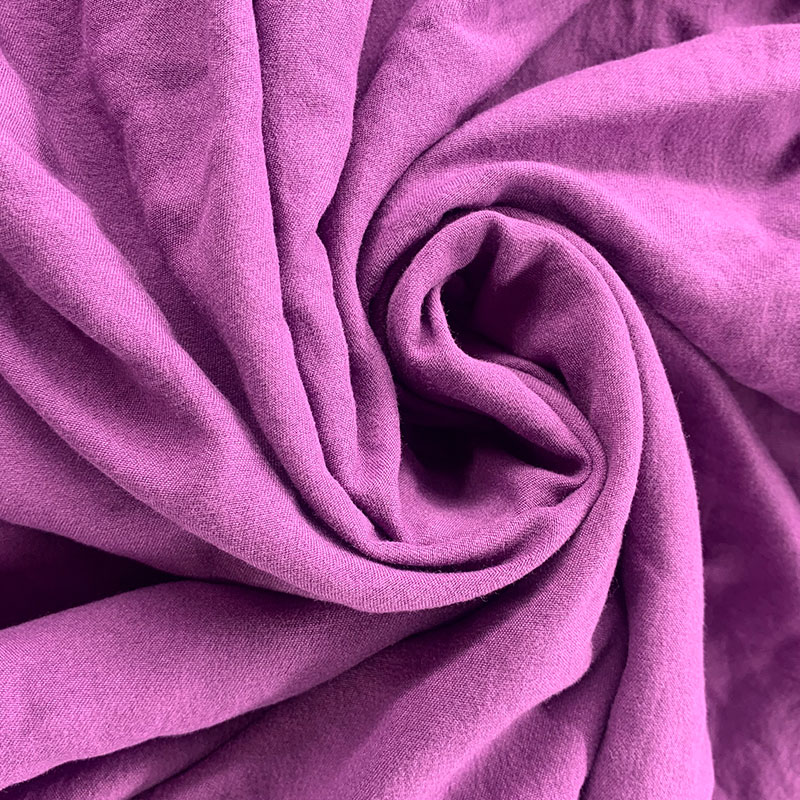
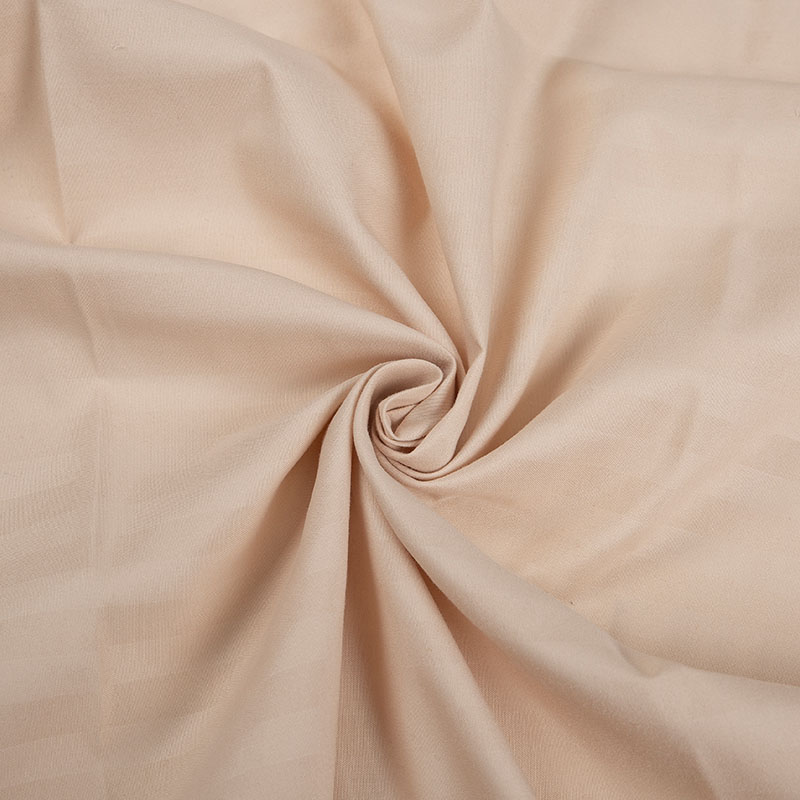
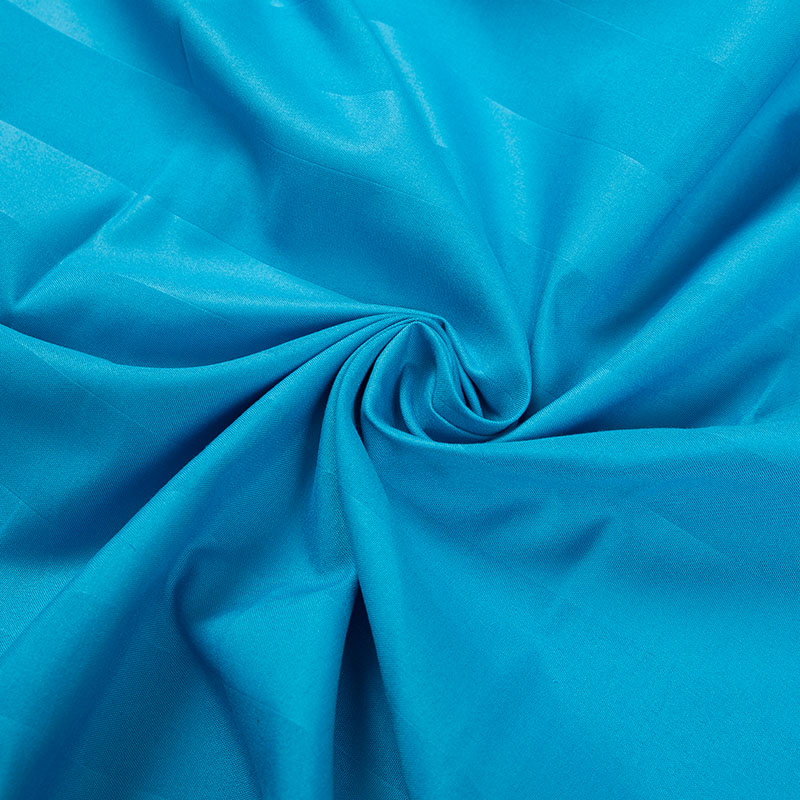
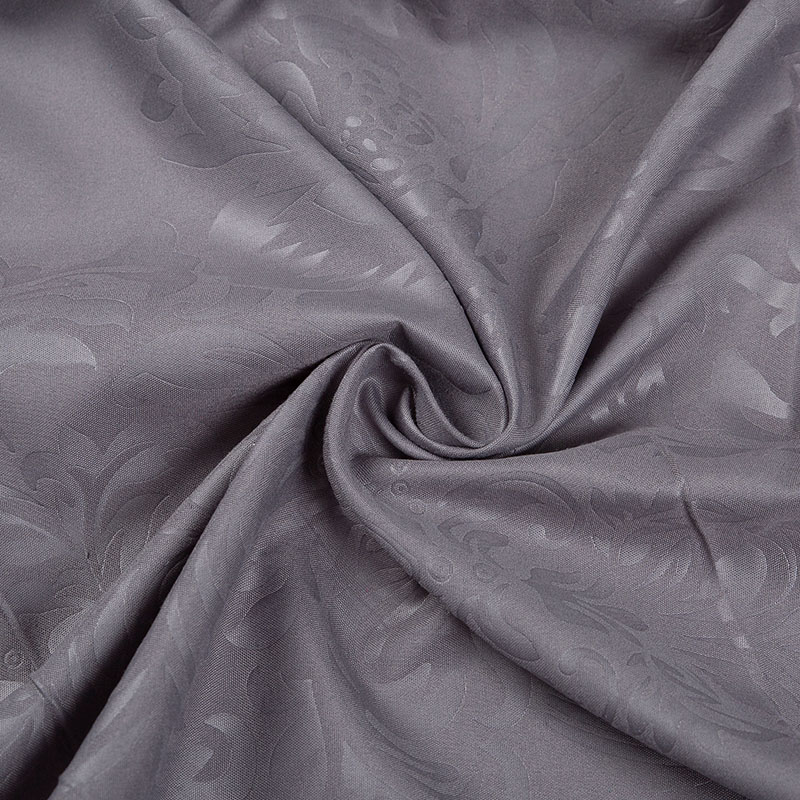
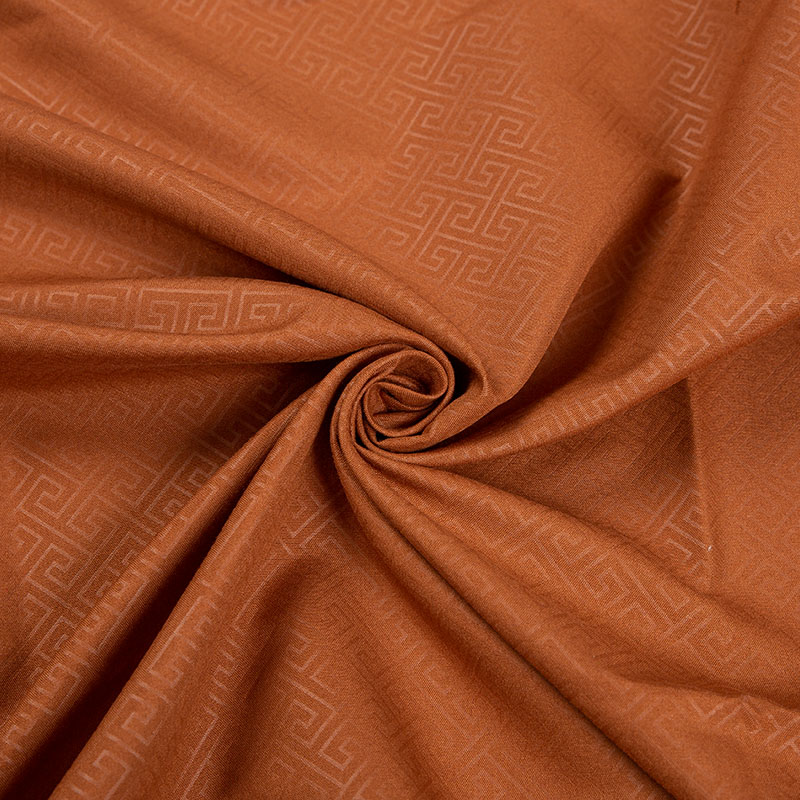
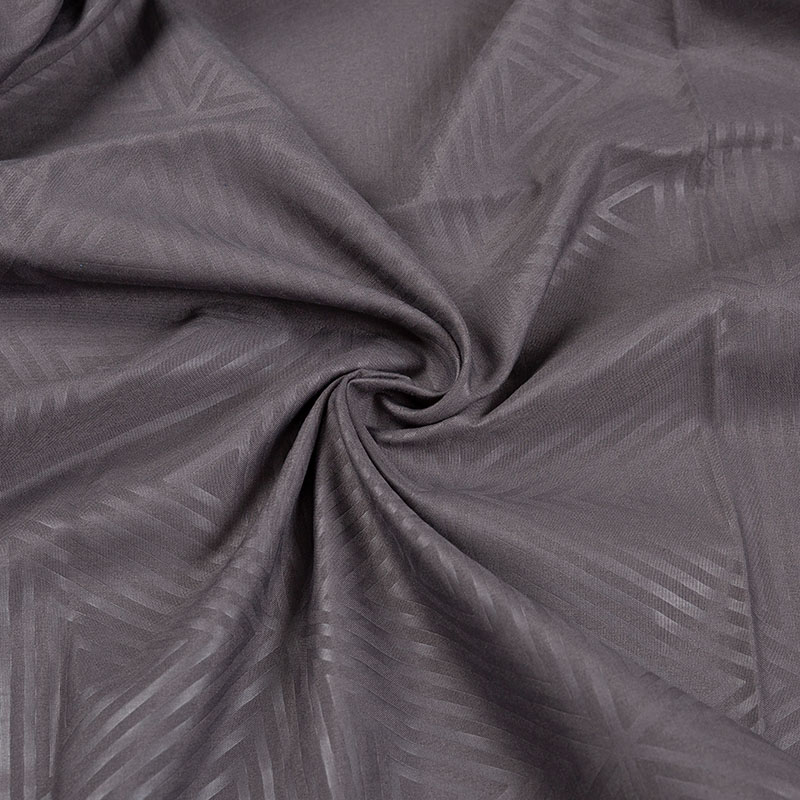
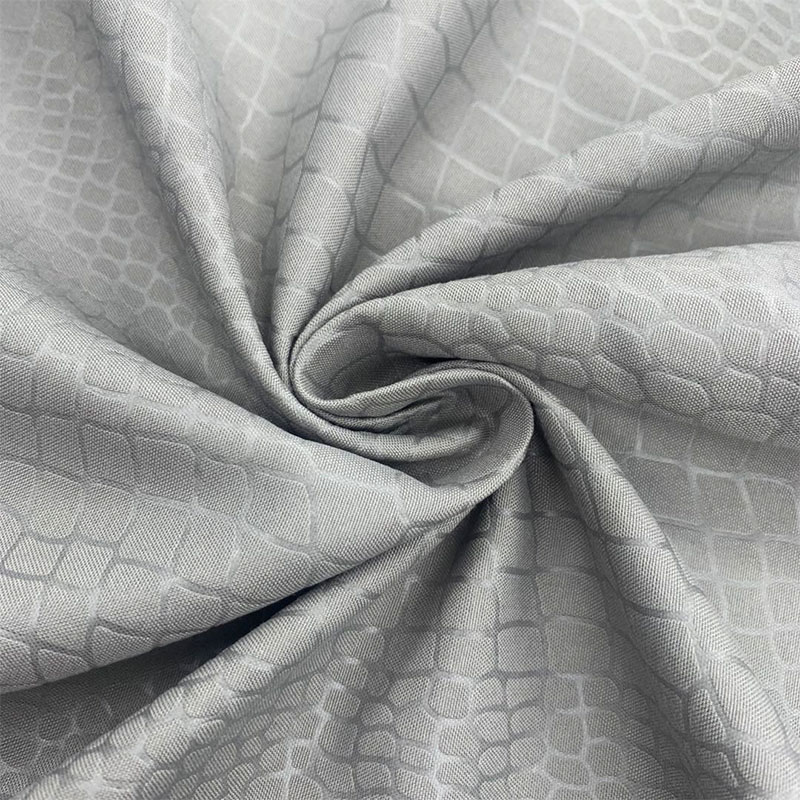
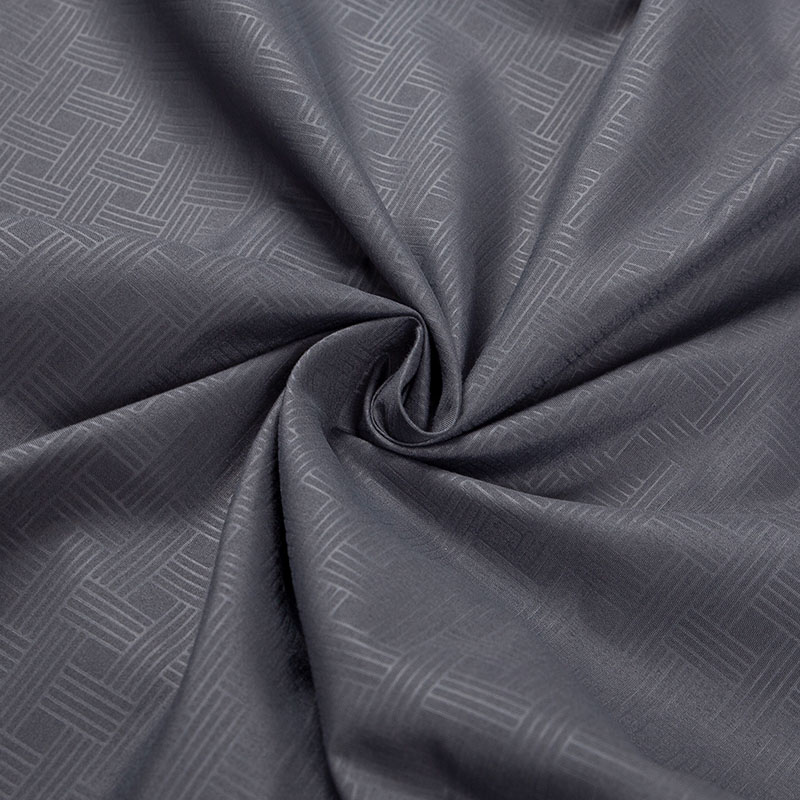
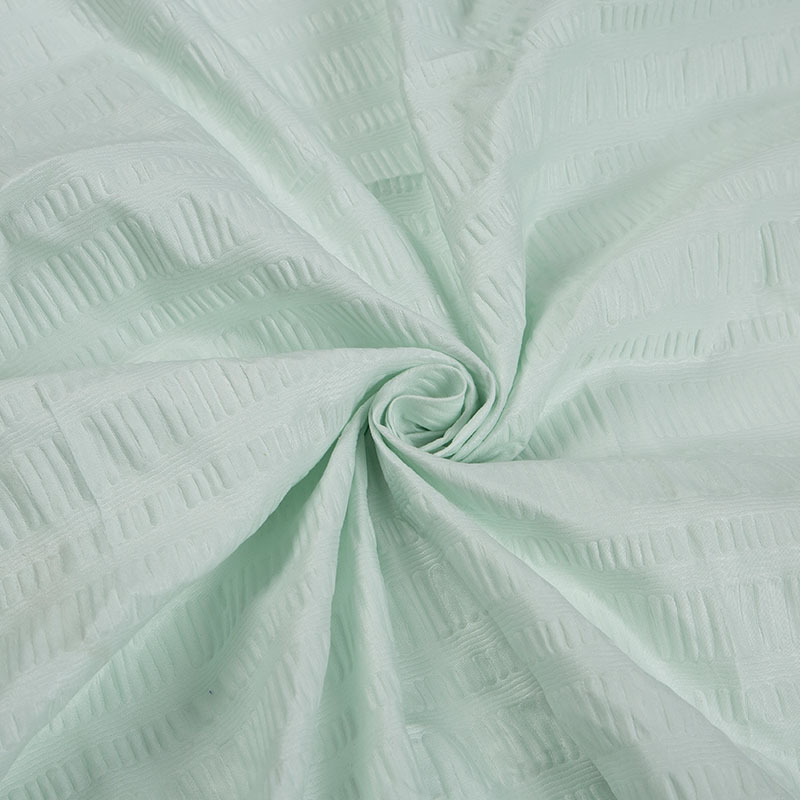
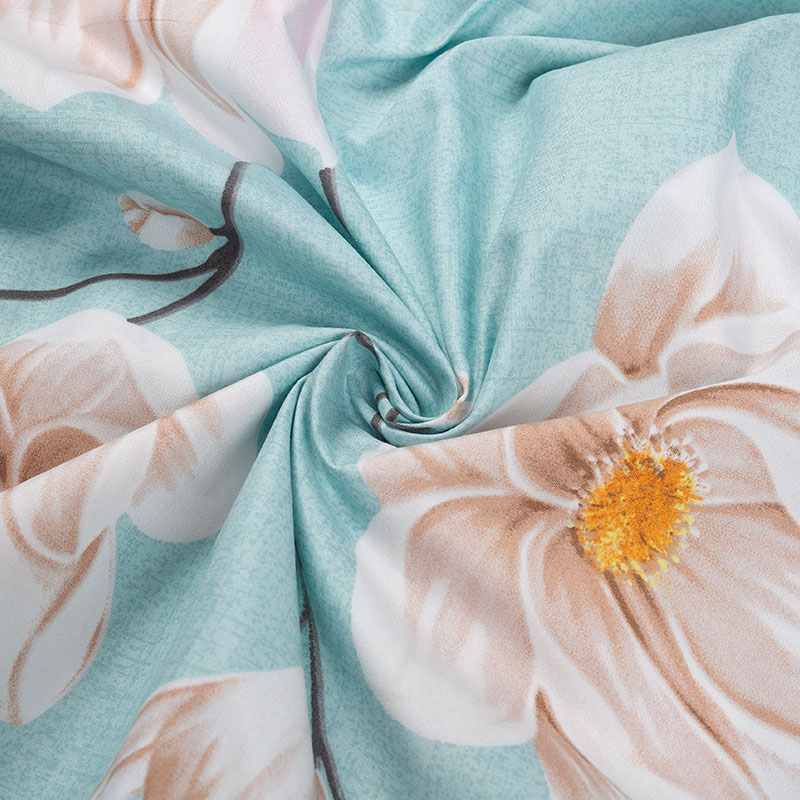
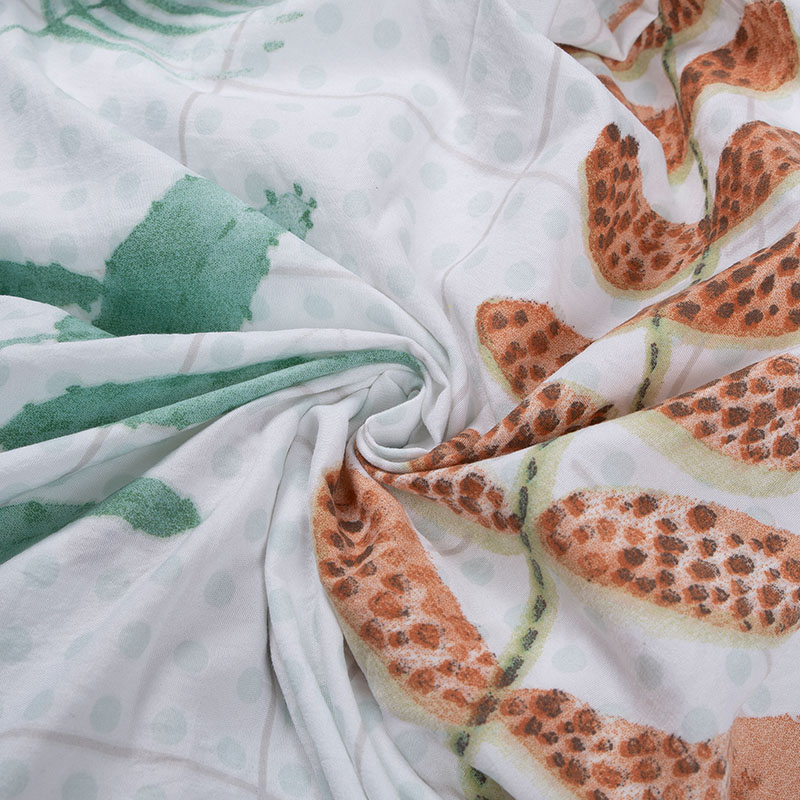
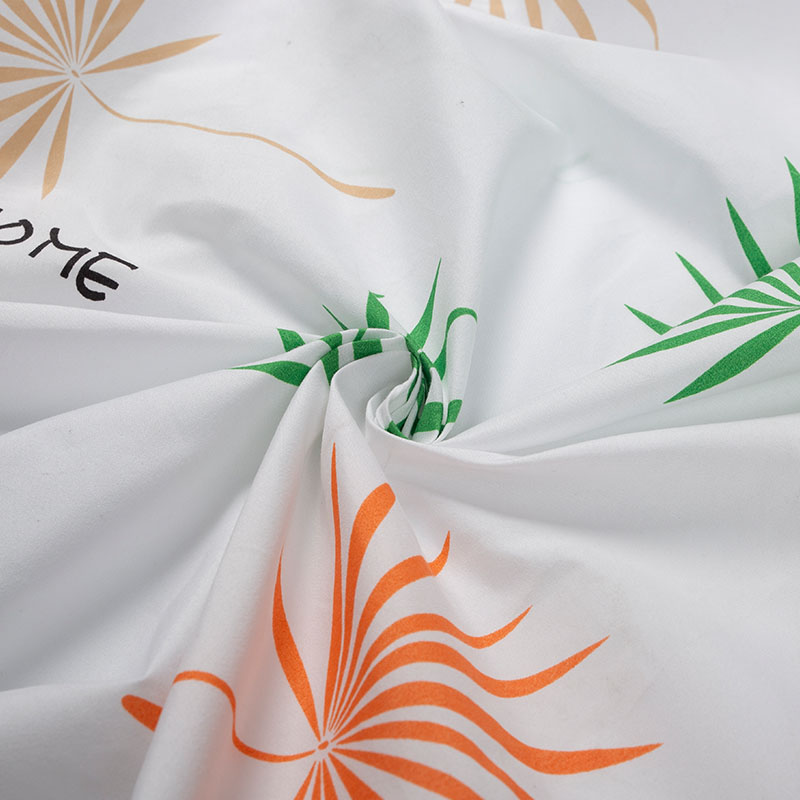
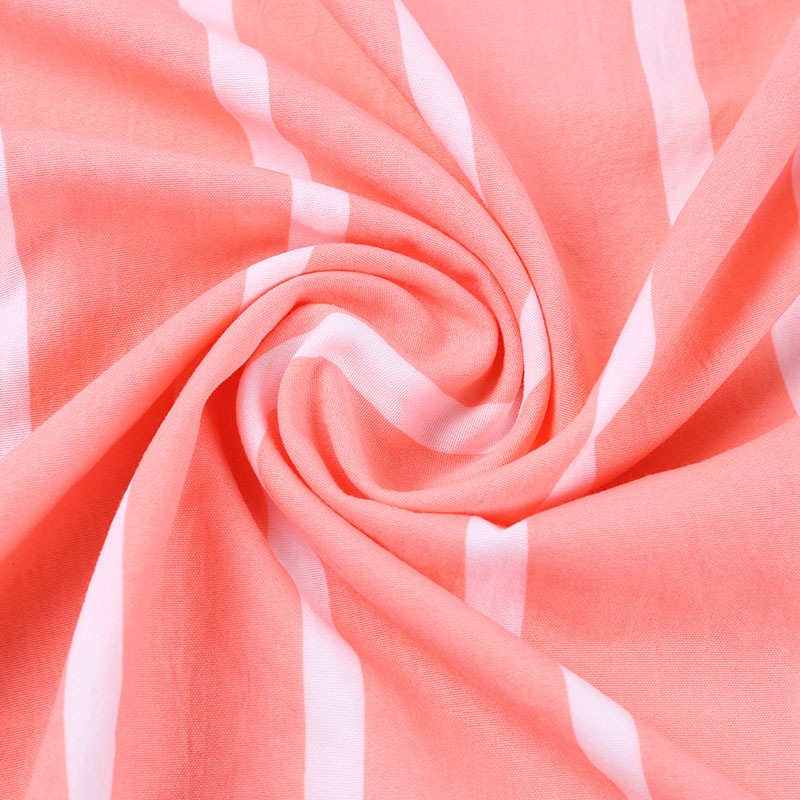
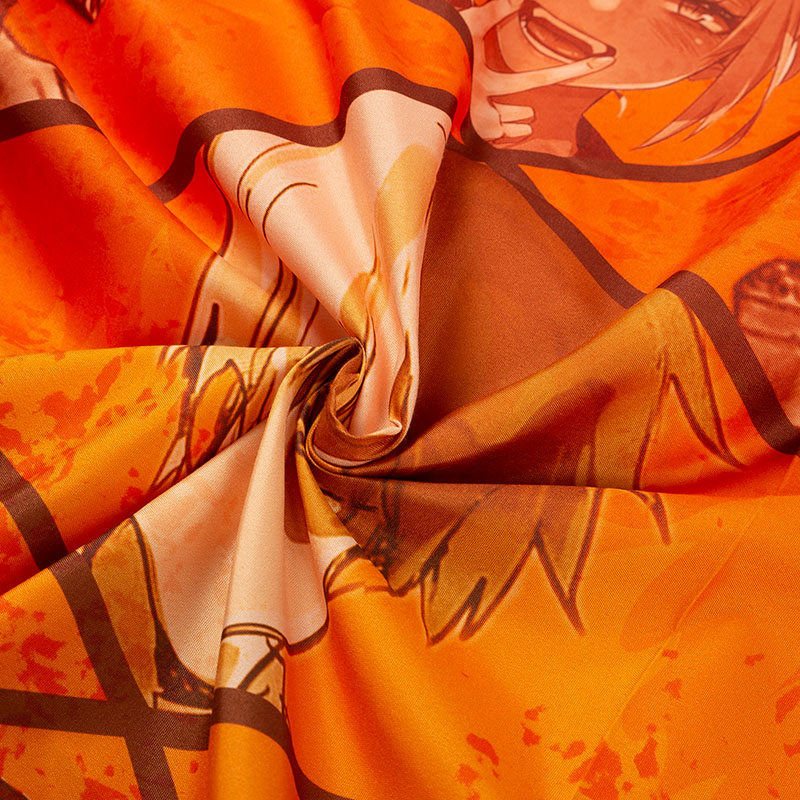
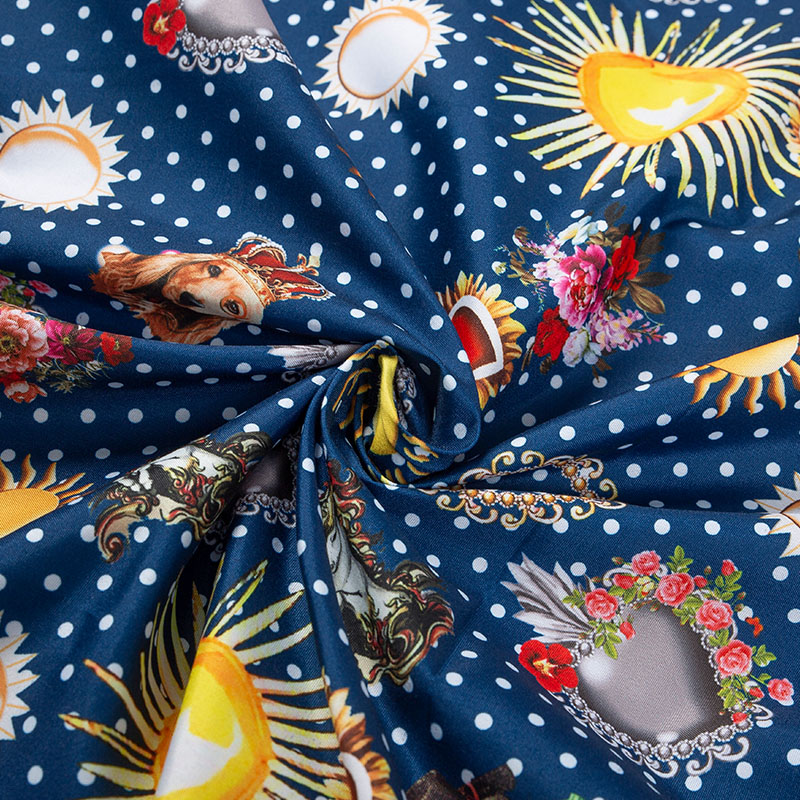
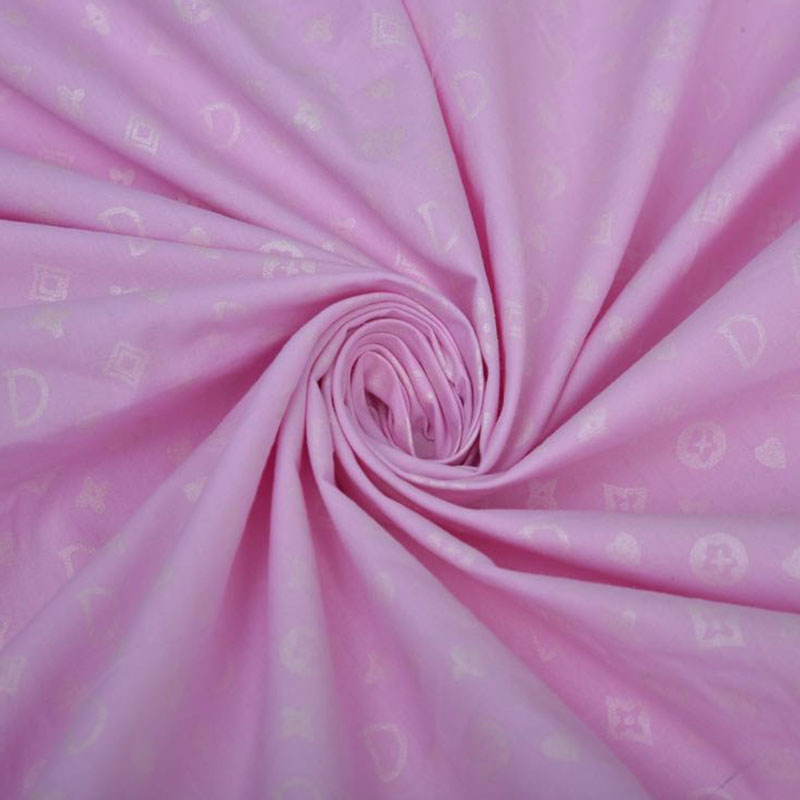
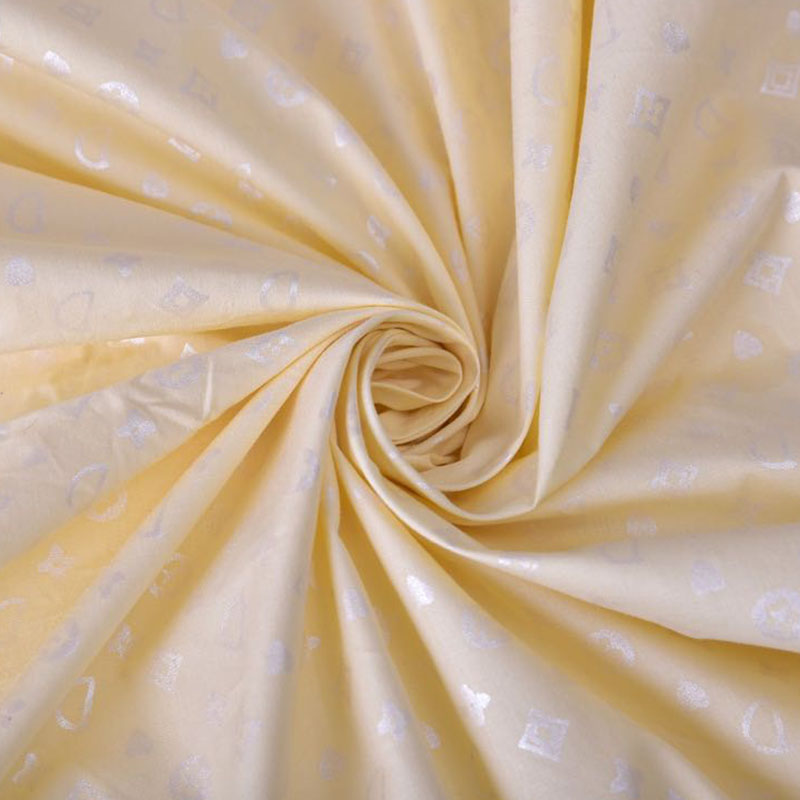
.jpg)
